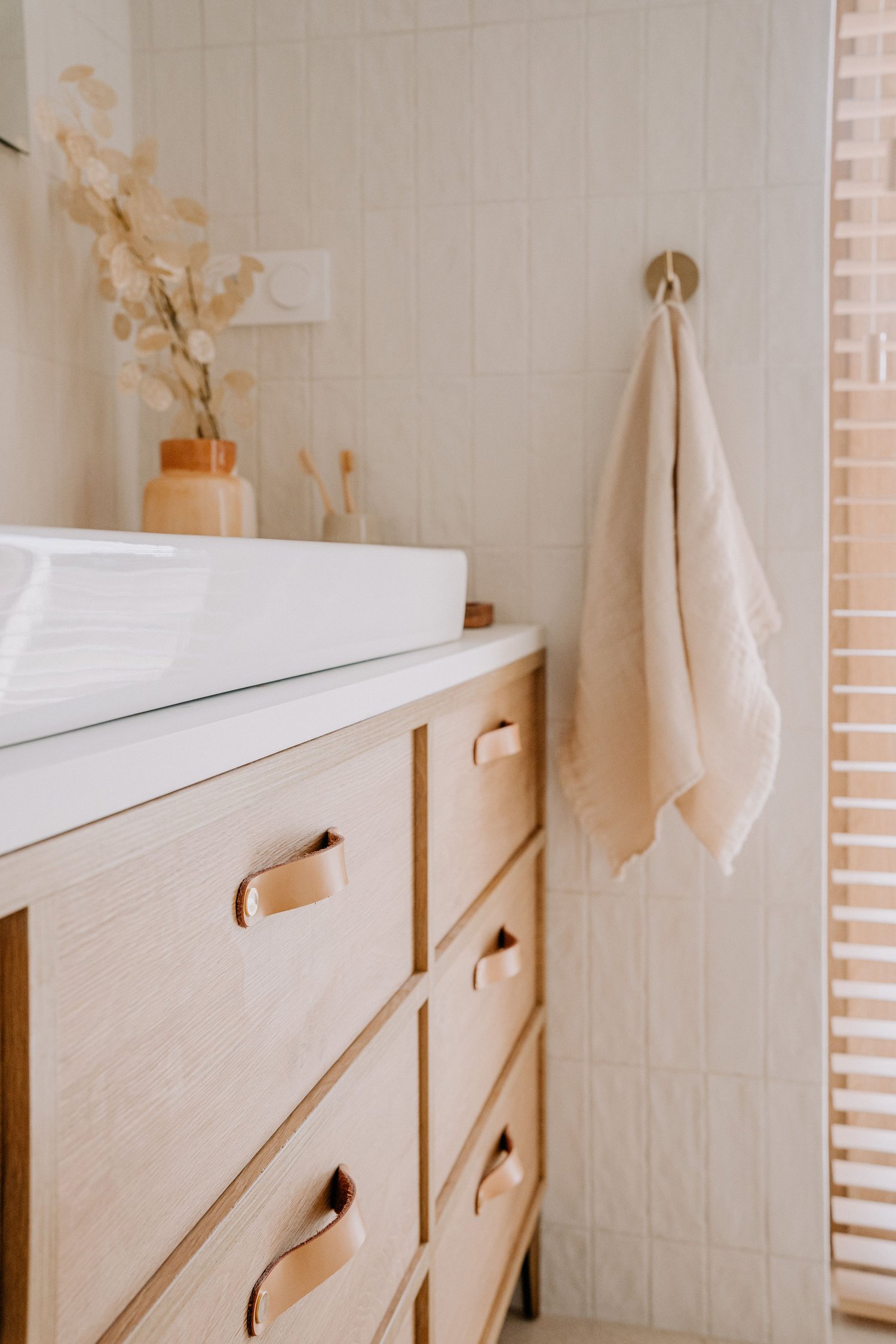The bathroom is often one of the most challenging spaces to keep clean in our homes. With constant moisture, soap residue, and daily use, bathrooms can quickly become breeding grounds for bacteria, mildew, and stubborn grime. In this comprehensive guide, we’ll explore effective bathroom cleaning hacks that will transform your space from grimy to sparkling clean. You’ll discover practical methods to remove soap scum, eliminate mildew, and maintain a germ-free bathroom environment that’s both hygienic and inviting.
The Ultimate Daily Maintenance Routine
Creating a daily maintenance routine is the first step toward maintaining a consistently clean bathroom. A quick daily wipe-down of surfaces can prevent the buildup of grime and bacteria that make deep cleaning such a chore. Keep a microfiber cloth near your sink and spend just 30 seconds wiping down countertops after each use. For shower areas, keep a squeegee handy and encourage family members to quickly remove excess water from shower doors and walls after bathing. This simple practice dramatically reduces water spots and prevents soap scum from forming in the first place. Another effective daily practice is to leave bathroom doors open when possible to improve air circulation, which helps reduce humidity and discourages mildew growth. These small daily habits may seem insignificant, but they make a tremendous difference in maintaining a sparkling bathroom between your more thorough cleaning sessions.
Vanquishing Soap Scum Forever
Soap scum – that stubborn, chalky film that accumulates on shower doors, tiles, and fixtures – is perhaps the most frustrating bathroom cleaning challenge. To remove soap scum effectively, you need to understand what it is: a combination of soap residue, minerals from hard water, body oils, and dead skin cells. Traditional cleaners often struggle with this persistent problem. A powerful DIY solution mixes equal parts white vinegar and dish soap in a spray bottle. Heat the vinegar in the microwave first for about 30 seconds to increase its effectiveness. Spray the mixture generously on affected areas, let it sit for 15-20 minutes, then scrub with a non-scratch sponge and rinse thoroughly. For especially stubborn soap scum on glass shower doors, try applying a paste made from baking soda and water, then scrubbing with a damp cloth. To prevent future buildup, consider switching to liquid body wash instead of bar soap, as it contains fewer ingredients that contribute to scum formation. A weekly application of car wax to clean, dry shower doors can also create a protective barrier that makes future cleaning much easier.
Tackling Mold and Mildew Challenges
The warm, humid environment of bathrooms makes them perfect breeding grounds for mold and mildew. These fungi not only look unsightly but can also contribute to respiratory issues and allergies. To effectively eliminate mildew from grout and caulking, create a paste using baking soda and hydrogen peroxide. Apply this mixture to affected areas, allow it to sit for 10-15 minutes, then scrub with an old toothbrush and rinse thoroughly. For ceiling mildew, mix one part bleach with four parts water in a spray bottle, apply to the affected area, and let it work for 15 minutes before wiping clean. Remember to wear gloves and ensure good ventilation when working with bleach. For a natural alternative, tea tree oil mixed with water serves as an effective antifungal solution. Prevention is crucial when it comes to mildew – install and use a bathroom exhaust fan during and after showers, fix any leaking pipes promptly, and consider using a dehumidifier in particularly damp environments. As recommended by AskHomey, sealing grout lines annually can also provide significant protection against moisture penetration and mildew growth.
Germ-Free Toilet Cleaning Strategies
The toilet deserves special attention in your quest for a germ-free bathroom. Start by pouring a cup of white vinegar into the bowl and letting it sit for at least an hour before scrubbing – this helps break down mineral deposits and disinfect simultaneously. For stains below the waterline, try dropping in two denture cleaning tablets, which contain gentle but effective bleaching agents. Let them fizz for about 30 minutes before brushing. Don’t forget often-overlooked areas like the base of the toilet and the area where the seat attaches to the bowl, which can harbor significant bacteria. A mixture of hydrogen peroxide and baking soda makes an excellent cleaner for these areas. For the exterior surfaces, use disinfecting wipes or a microfiber cloth dampened with a disinfectant solution. Pay special attention to the flush handle, which is touched frequently but often neglected during cleaning. Replacing your toilet brush every six months is also advisable for maintaining proper hygiene, as old brushes can become breeding grounds for bacteria themselves.
Natural Cleaning Solutions for Eco-Conscious Homes
Many commercial bathroom cleaners contain harsh chemicals that can be harmful to both your health and the environment. Fortunately, many natural alternatives are just as effective for creating a sparkling bathroom. Distilled white vinegar is a versatile cleaner that kills most bacteria, mold, and germs due to its acidity. Baking soda provides gentle abrasion for scrubbing without scratching surfaces. Lemon juice works wonderfully on hard water stains and leaves a fresh scent. For glass cleaning, a solution of equal parts water and vinegar with a few drops of essential oil creates streak-free shine without ammonia. Hydrogen peroxide is an excellent alternative to bleach for disinfecting surfaces and whitening grout. Steam cleaners also offer a chemical-free way to sanitize bathroom surfaces using only water heated to high temperatures. These natural cleaning solutions not only create a germ-free bathroom but also contribute to better indoor air quality and reduce environmental impact.
For more tips and to connect with reliable home service professionals, follow AskHomey on Facebook and Instagram.



